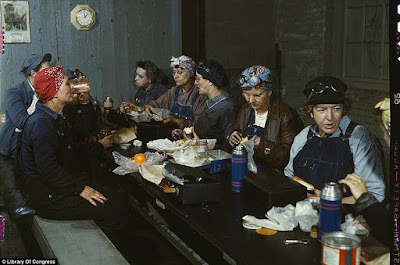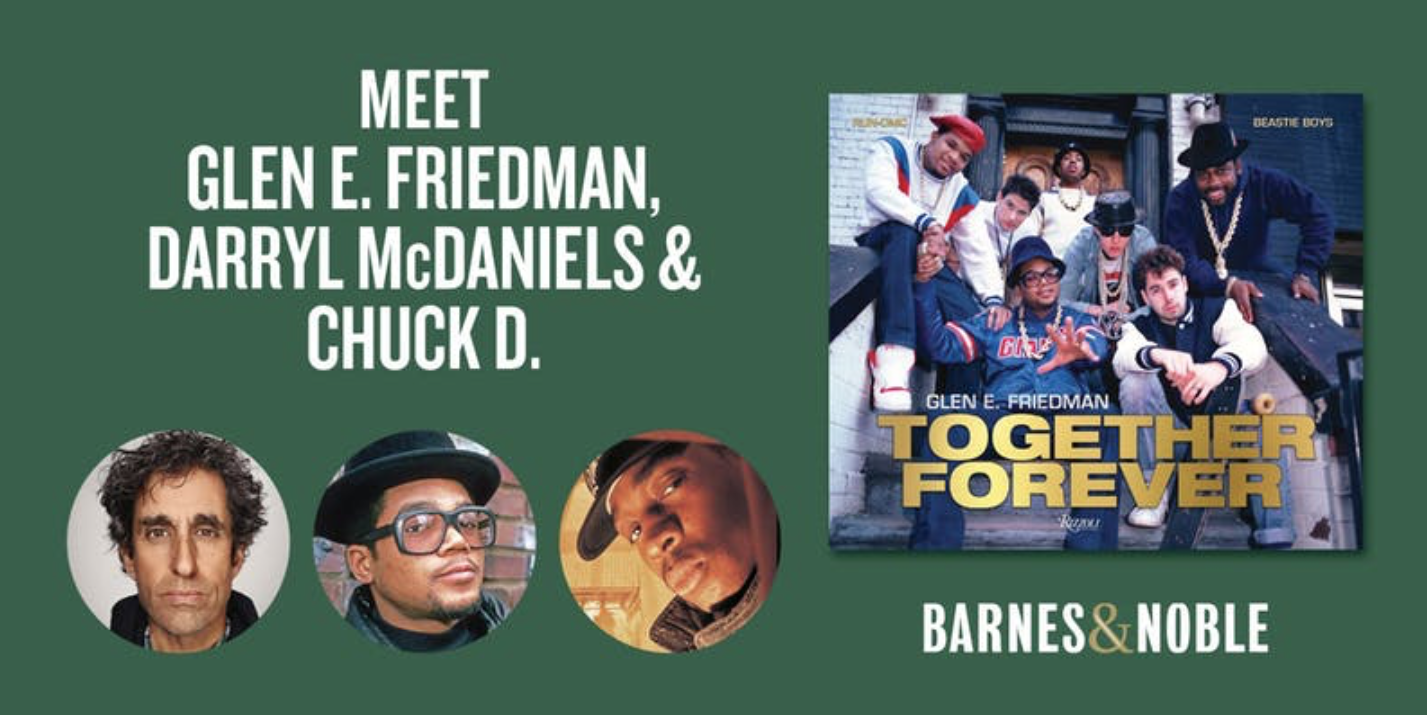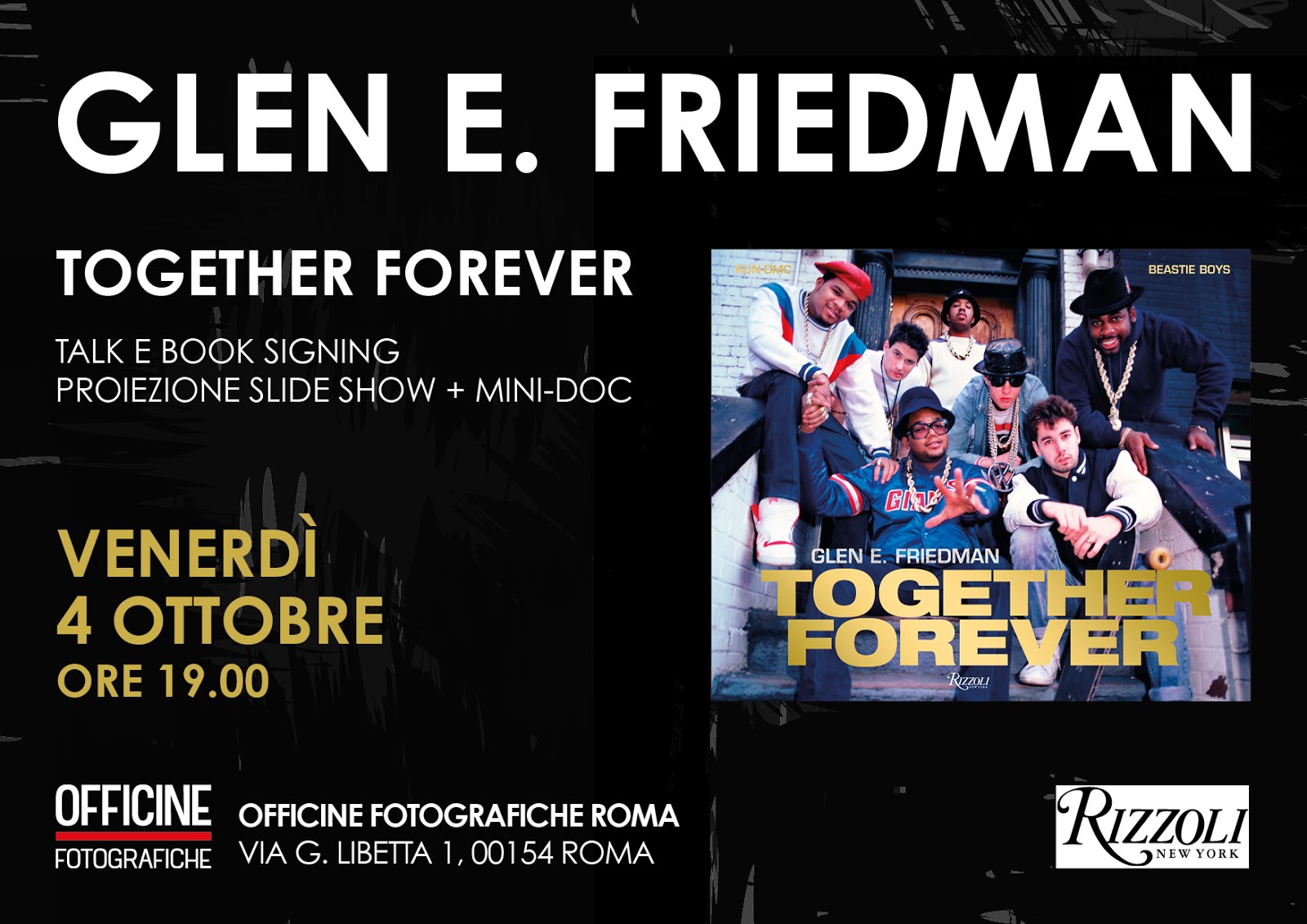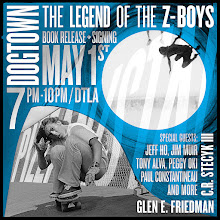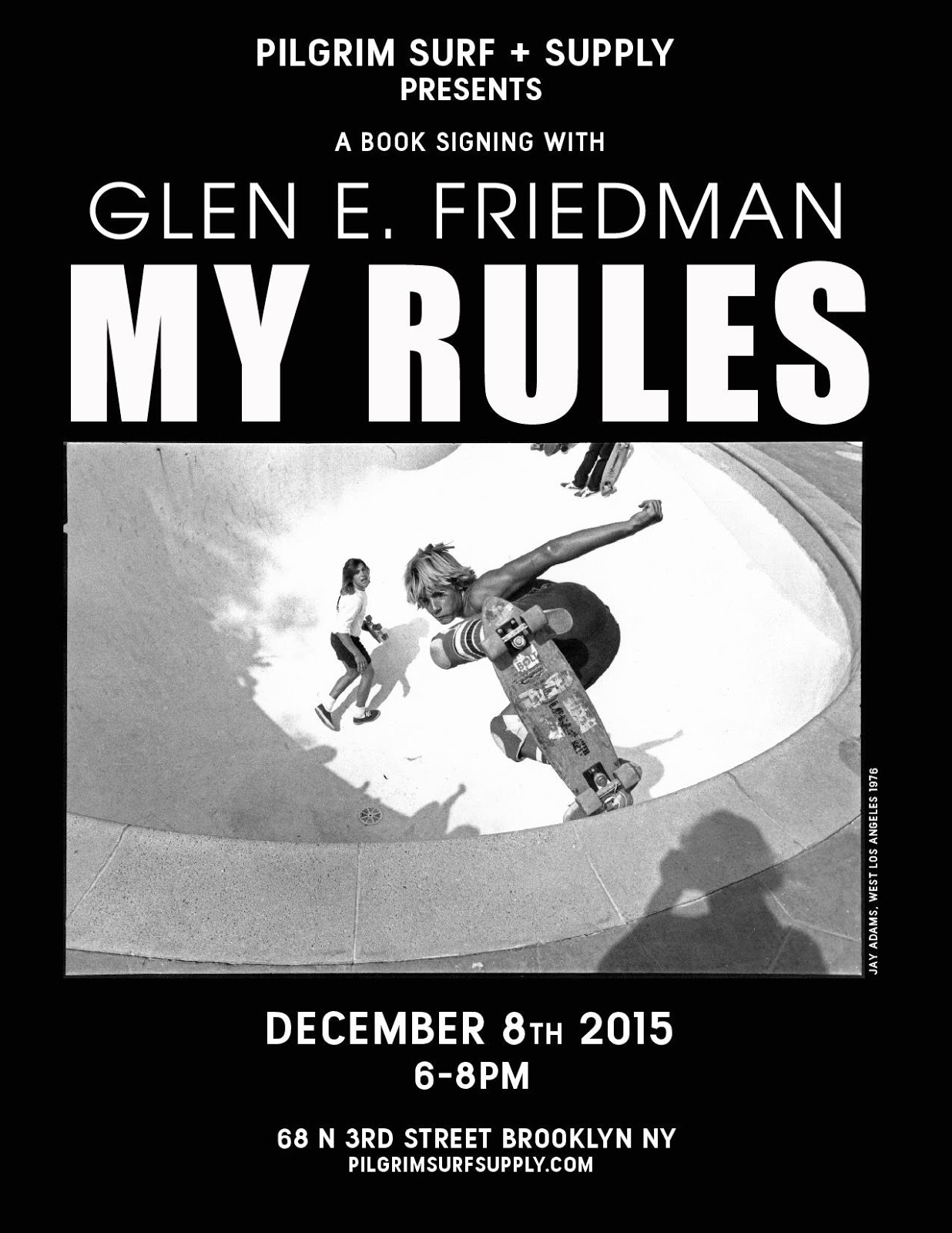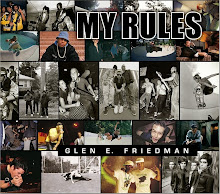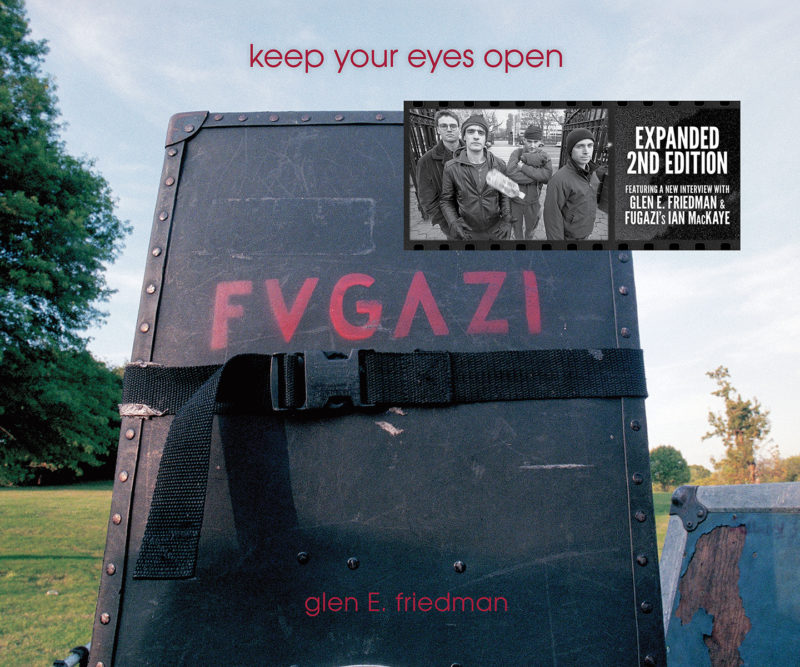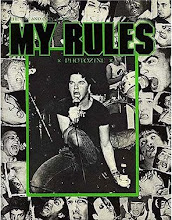
from Richard Metzger at DangerousMinds
Matt Taibbi takes on goofball far-right Minnesota Republican Congresswoman Michele Bachmann in the pages of the new Rolling Stone. It’s everything you want it to be, trust me:Videos: Michele Bachmann's Craziest MomentsThe Tea Party contender may seem like a goofball, but be warned: Her presidential campaign is no laughing matterMichele Bachmann’s Holy War (Rolling Stone)
Close your eyes, take a deep breath, and, as you consider the career and future presidential prospects of an incredible American phenomenon named Michele Bachmann, do one more thing. Don’t laugh.
It may be the hardest thing you ever do, for Michele Bachmann is almost certainly the funniest thing that has ever happened to American presidential politics. Fans of obscure 1970s television may remember a short-lived children’s show called Far Out Space Nuts, in which a pair of dimwitted NASA repairmen, one of whom is played by Bob (Gilligan) Denver, accidentally send themselves into space by pressing “launch” instead of “lunch” inside a capsule they were fixing at Cape Canaveral. This plot device roughly approximates the political and cultural mechanism that is sending Michele Bachmann hurtling in the direction of the Oval Office.
Bachmann is a religious zealot whose brain is a raging electrical storm of divine visions and paranoid delusions. She believes that the Chinese are plotting to replace the dollar bill, that light bulbs are killing our dogs and cats, and that God personally chose her to become both an IRS attorney who would spend years hounding taxpayers and a raging anti-tax Tea Party crusader against big government. She kicked off her unofficial presidential campaign in New Hampshire, by mistakenly declaring it the birthplace of the American Revolution. “It’s your state that fired the shot that was heard around the world!” she gushed. “You are the state of Lexington and Concord, you started the battle for liberty right here in your backyard.”
I said lunch, not launch! But don’t laugh. Don’t do it. And don’t look her in the eyes; don’t let her smile at you. Michele Bachmann, when she turns her head toward the cameras and brandishes her pearls and her ageless, unblemished neckline and her perfect suburban orthodontics in an attempt to reassure the unbeliever of her non-threateningness, is one of the scariest sights in the entire American cultural tableau. She’s trying to look like June Cleaver, but she actually looks like the T2 skeleton posing for a passport photo. You will want to laugh, but don’t, because the secret of Bachmann’s success is that every time you laugh at her, she gets stronger.
In modern American politics, being the right kind of ignorant and entertainingly crazy is like having a big right hand in boxing; you’ve always got a puncher’s chance. And Bachmann is exactly the right kind of completely batshit crazy. Not medically crazy, not talking-to-herself-on-the-subway crazy, but grandiose crazy, late-stage Kim Jong-Il crazy — crazy in the sense that she’s living completely inside her own mind, frenetically pacing the hallways of a vast sand castle she’s built in there, unable to meaningfully communicate with the human beings on the other side of the moat, who are all presumed to be enemies.
Bachmann’s story, to hear her tell it, is about a suburban homemaker who is chosen by God to become a politician who will restore faith and family values to public life and do battle with secular humanism. But by the time you’ve finished reviewing her record of lies and embellishments and contradictions, you’ll have no idea if she actually believes in her own divine inspiration, or whether it’s a big con job. Or maybe both are true — in which case this hard-charging challenger for the GOP nomination is a rare breed of political psychopath, equal parts crazed Divine Wind kamikaze-for-Jesus and calculating, six-faced Machiavellian prevaricator. Whatever she is, she’s no joke.













































